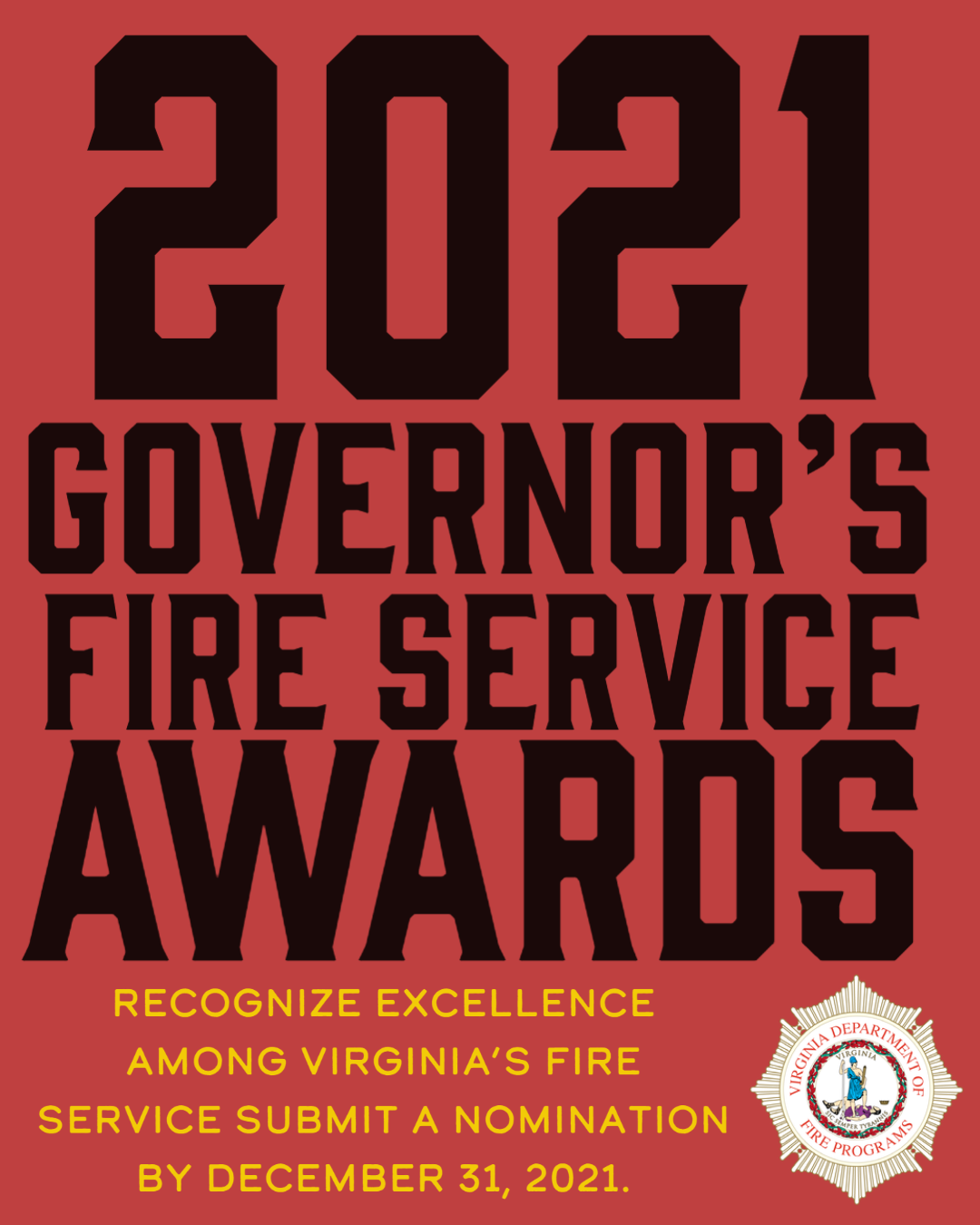VDFP State Fire Marshal’s Office Stresses Safety Amid Openings
During the Fourth of July Holiday
RICHMOND – June 30, 2021 – The Virginia Department of Fire Programs’ (VDFP) State Fire Marshal’s Office (SFMO) reminds Virginians that this year’s Fourth of July Holiday will be celebrated with increased pre-pandemic behavior—permitted professional firework shows have been reinstated, but at-home celebrations will still be at the forefront.
With worldwide permissible firework shortages due to COVID-19 and shipping issues, it is again highly anticipated that there will be an influx of illegal fireworks usage throughout the Commonwealth.
In general, any firework that explodes, moves on the ground or in the air, or shoots a projectile is illegal.
VDFP’s State Fire Marshal’s Office serves as the fire code enforcement sector of the state government training agency. Almost 100 retail locations were inspected by SFMO in 2020, where nearly one-third of locations were found to be selling non-permissible fireworks. Approximately 12,000 illegal fireworks were confiscated that were either for sale, or in possession. In 2019, SFMO pulled approximately 10,000 non-permissible fireworks.
VDFP Acting Executive Director Garrett Dyer says, “If all residents follow our precautionary measures, there will be less of a chance of a fire related event, injuries, and an overall safer and happier holiday.” Fire and law enforcement officials will be working through the holiday to ensure the proper safety of the Commonwealth’s residents and visitors.
“The number of illegal fireworks has increased since last summer, even with permissible firework shortages,” said Billy Hux, VDFP Assistant State Fire Marshal of Special Operations. “We stress Virginians to leave fireworks to the professionals—they host for the proper use of permissible fireworks, safety factors, and capabilities.”
Only “permissible fireworks,” as defined in the Code of Virginia, can be legally sold, possessed or used within the Commonwealth. A list of permissible fireworks can be viewed on the VDFP website. The fireworks listed in this document have been field tested to compare the items to the performance criteria of the American Fireworks Standards Laboratory (AFSL). Permissible fireworks may also be further limited in different localities. Check local ordinances as well as the Statewide Fire Prevention Code prior to purchasing and utilizing fireworks.
In order to ensure the proper disposal of used fireworks, residents can call local police or SFMO. VDFP Assistant State Fire Marshal of Special Operations Hux added, “When celebrations come to an end, be sure to dispose of your used fireworks properly, soak spent fireworks in water before placing them in the trash to further prevent a fire-related incident.”
The sale, possession and /or use of any fireworks not classified as permissible is prohibited. Violations can be prosecuted as a Class I Misdemeanor, punishable by a fine not to exceed $2,500 and/or up to one (1) year in jail. Any illegal fireworks can be confiscated by authorities. Many localities prohibit the sale, possession or use of all fireworks.
If you decide to use permissible fireworks, please follow these important safety procedures:
- Check local ordinances on the use of fireworks.
- Fireworks can only be used on private property with the consent of the owner.
- Never use fireworks indoors.
- Never use fireworks while under the influence of alcohol or drugs.
- Never allow children to use fireworks.
- Ensure adequate clearance from people, buildings and combustible material.
- Have a garden hose or other water source readily available in case of fire.
- Soak spent fireworks in water before placing them in the trash.
- Always follow the manufacturer’s instructions.
- Never hold the fireworks in your hands while lighting them.
- Never point fireworks at a person.
If you wish to report illegal fireworks, contact your local police department or contact the State Fire Marshal’s Office at (540) 270-6617.

 RICHMOND – November 3, 2021 – The Virginia Department of Fire Programs, a leader in enhancing public safety, in conjunction with the Virginia Fire Services Board, are seeking nominations for the 2021 Governor’s Fire Service Awards, which honors and recognizes excellence in Fire Services in the Commonwealth. The annual Governor’s Fire Service Awards is presented in eight categories during the Virginia Fire Rescue Conference held in February at the Virginia Beach Convention Center. Nominations can be submitted through an
RICHMOND – November 3, 2021 – The Virginia Department of Fire Programs, a leader in enhancing public safety, in conjunction with the Virginia Fire Services Board, are seeking nominations for the 2021 Governor’s Fire Service Awards, which honors and recognizes excellence in Fire Services in the Commonwealth. The annual Governor’s Fire Service Awards is presented in eight categories during the Virginia Fire Rescue Conference held in February at the Virginia Beach Convention Center. Nominations can be submitted through an  Wise Regional School
Wise Regional School
